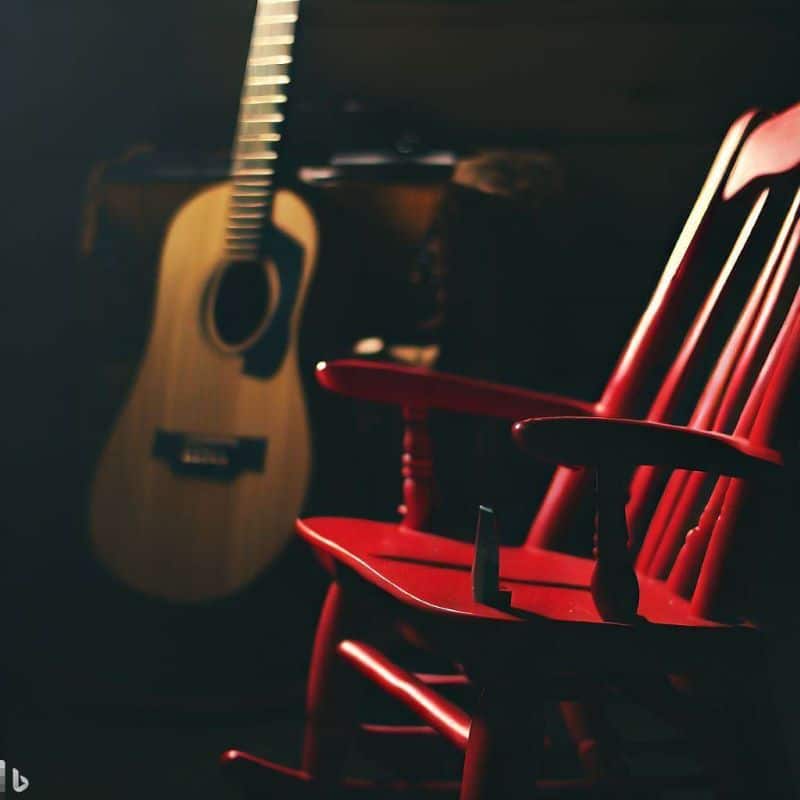String Skipping – Add Pizzazz To Your Guitar Playing!

Have you practiced your scales and now your improvising sounds like scales? Here is a technique that can help. String skipping or melodic leaps are a great way to keep your solos from sounding like you are running scales. Here is an example of running straight up the scale, followed by an example that does leaps or string skips in the second measure.
Guitar Improvisation: String CROSSINGS!

Notice how in measure two, the notes jump from the 4th string up to the 2nd string and then descend. I added a repeated note at the end to minimize the scalar nature and emphasize the MELODIC nature. Repetition of notes is an easy way to minimize the ‘sounding like scales.’
This is a rule that was used back in the Renaissance music time- If you leap upward, you will then descend downwards. If you leap down, you will then ascend upwards. These are old rules, nobody really adheres to them today. However, I do think it’s a useful rule if you run out of ideas on how to create new melodies. Here is another one that’s more involved:

Here I am leaping even further away, all the way up to the first string. I descend a few notes and then repeat a note like before. This initial leap is a leap of an OCTAVE (G to G). I’ve added syncopation here and it’s no longer straight 8th notes. Always vary rhythms when improvising!
This second measure now starts to get much more involved from a picking hand perspective. It will take awhile to be able to cross strings like this if you aren’t used to it. These wide leaps in both directions sound nothing like a scale. They sound more like broken chords or arpeggios. One last example that is a real pick twister (ignore the small five at the top, that’s just the measure number from my sheet).

Not only does this involve wide leaps and crossings, but it involves odd interval leaps. However, understand, every note that’s played is found within the G major scale. This example should give you an idea of what’s possible within a major scale and how you can discover new sounds to improve your improvisation.
PRACTICE TIP-I recommend taking a scale and randomly jumping from string to string, improvising any notes in any order. This will then allow you to see the scale in very non-linear manners as notated above.
As always, if you need direct instruction with acoustic guitar, contact me and I can help develop your skills further.

